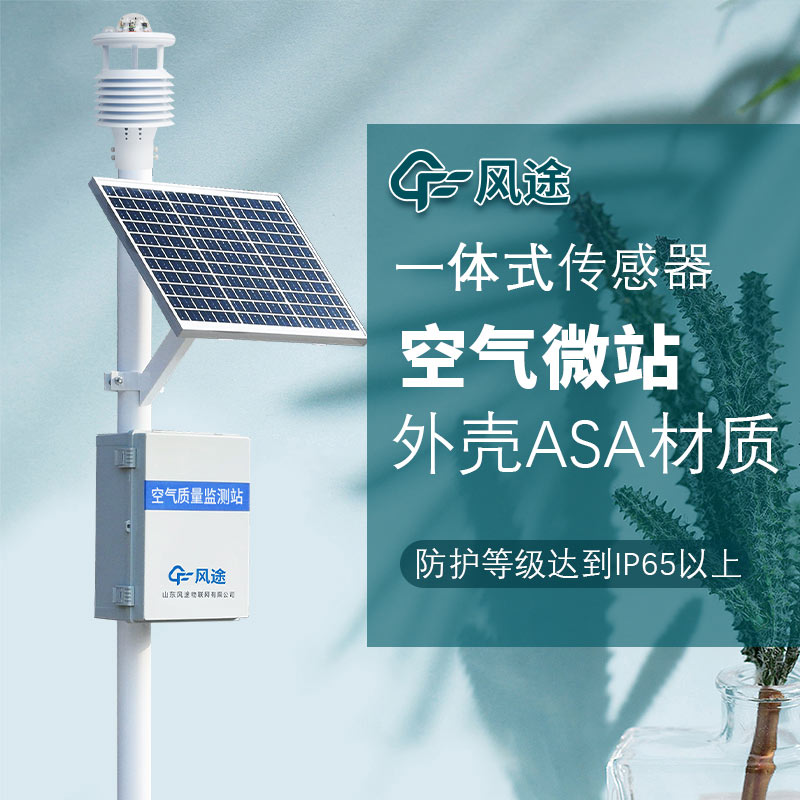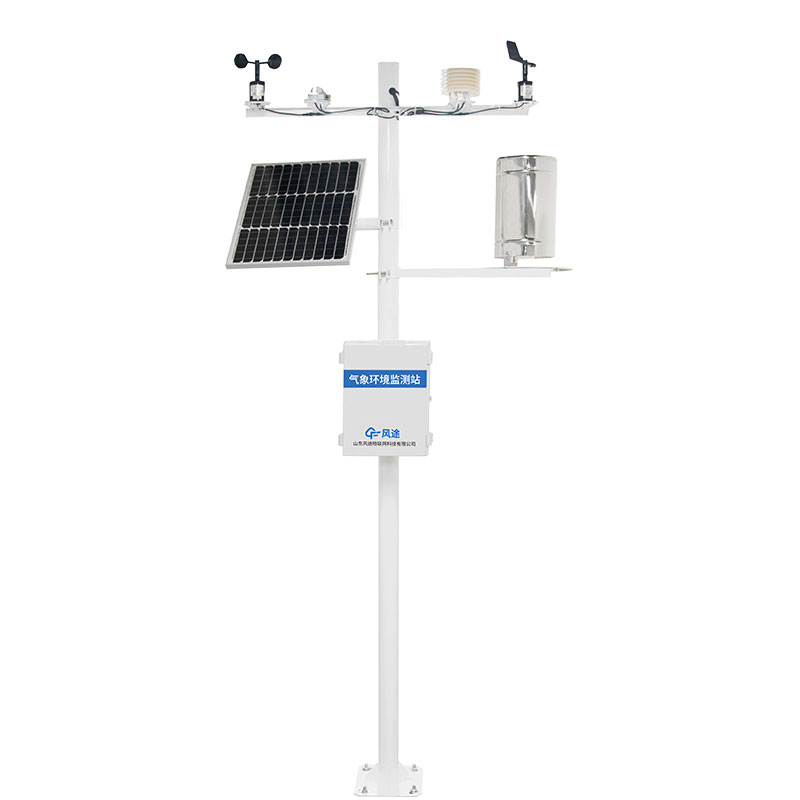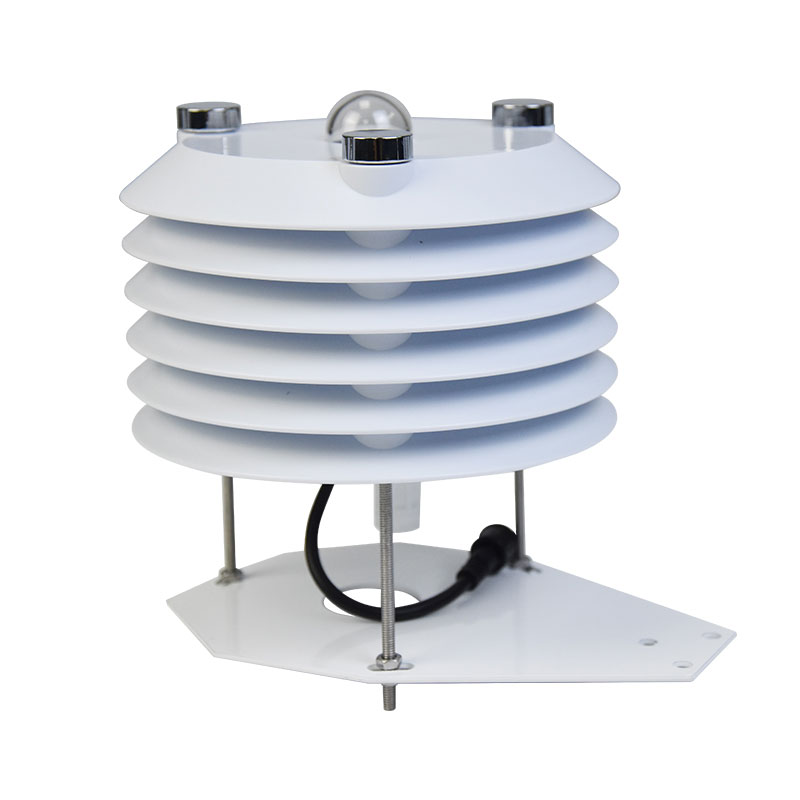Product
Recommended article
- How Forestry Weather Stations Bolster Forest Fire Prevention Efforts
- Discover the Power of Negative Oxygen Ion Monitoring System for Cleaner Air
- Comparative Analysis of Ultrasonic and Automatic Weather Stations in Meteorological Monitoring
- Breaking Through the ‘Last Meter’ with Online Dust Monitoring System
- Mastering Road Conditions with Road Weather Station
- Inhalable Dust Continuous Tester: A Portable Solution for Dust Concentration Monitoring
Contact us
Shandong Fengtu IOT Technology Co., Ltd
Sales Manager:Ms. Emily Wang
Cel,Whatsapp,Wechat:+86 15898932201
Email:info@fengtutec.com
Add:No. 155 Optoelectronic Industry Accelerator, Gaoxin District, Weifang, Shandong, China
Automatic ambient air monitoring stations to protect the ecological environment
Article source:Weather station time:2024-07-31 09:04:48 viewed:28times
With the continuous progress of information technology, traditional manual monitoring methods have been difficult to keep up with the requirements of modern ecological and environmental management in terms of speed, accuracy and efficiency. Automated and intelligent monitoring means are gradually becoming a new trend in the field of environmental monitoring. By utilizing these advanced monitoring technologies, the key role of the monitoring system in environmental supervision can be more effectively brought into play.
Through automated and intelligent monitoring systems, not only can the efficiency of data collection be improved, but also the accuracy and real-time nature of the data can be ensured, thus providing strong support for environmental management and decision-making.
Automated Environmental Monitoring Stations (AEMS) are a suite of facilities integrating advanced technologies specifically designed to perform unattended continuous monitoring tasks of environmental quality. These stations are capable of automating sample collection, real-time measurements, instantaneous data transmission, and subsequent processing to build an efficient monitoring system. They usually consist of fixed monitoring stations, but sometimes include mobile monitoring units for flexible deployment. All these monitoring units are connected to a central monitoring center and a data communication network, enabling comprehensive and continuous monitoring of environmental quality.
Automatic ambient air monitoring stations use automated instruments to continuously monitor air conditions, monitoring and analyzing data in real time. These instruments monitor fine particulate matter (PM2.5 and PM10), hazardous gases (e.g., sulfur dioxide, nitrogen dioxide, carbon monoxide, and ozone), as well as basic meteorological conditions (wind speed, wind direction, temperature, humidity, and barometric pressure). The monitoring data will be sent directly to the environmental protection authorities via the Internet, helping them to quickly understand the air quality and take necessary measures.

This paper addresses:https://www.yf182.com/industry/456.html
Related products
Related article
-
Dust monitoring system improves supervision
2024-06-12 -
Negative Oxygen Ion Monitoring System Builds Scenic Image
2024-04-16 -
Inhalable Dust Continuous Tester: A Portable Solution for Dust Concentration Monitoring
2025-01-08 -
Introduction to forest security monitoring systems
2024-04-12 -
Vehicle - Mount Weather Stations: Applications and Advantages
2024-11-11 -
The Portable Meteorograph for Mobile Weather Tracking
2024-09-02 -
Vehicle-Mount Weather Station in Action: Tackling Meteorological Disasters Head-On
2024-12-05 -
What is a speeding photo solar display?
2024-04-19










